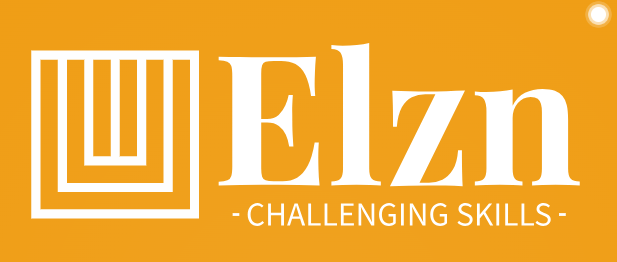Early detection in breast healthcare is a cornerstone of effective medical intervention, playing a crucial role in saving lives and empowering women. Breast cancer is among the most common cancers affecting women globally, and its impact spans across physical, emotional, and economic dimensions. However, when detected early, the chances of successful treatment and survival increase significantly. Early detection not only improves health outcomes but also enhances the quality of life for patients and their families. It involves a combination of awareness, routine screening, and timely medical consultation, all of which contribute to catching the disease at its most treatable stage. One of the primary methods for early detection is routine breast screening, which includes mammograms, clinical breast exams, and self-examinations. Mammography, in particular, has been proven to detect tumours that are too small to be felt, allowing for interventions before the disease advances. Women who undergo regular screenings are more likely to identify abnormalities early, reducing the need for aggressive treatments like chemotherapy or mastectomy.

This not only preserves physical health but also helps in maintaining emotional well-being and body image, which can be deeply affected by breast cancer treatments. Furthermore, early-stage breast cancers often require less intensive therapy and result in fewer long-term side effects. Raising awareness about breast health is equally vital in promoting early detection. Education initiatives encourage women to understand their bodies, recognize warning signs, and seek help without delay. Public health campaigns and community outreach programs have been instrumental in breaking down the stigma associated with cancer and promoting proactive health behaviour. When women are informed and empowered to take charge of their health, they are more likely to participate in screening programs and advocate for their wellbeing. This sense of empowerment extends beyond personal health, fostering confidence and a proactive mindset that can influence other aspects of life with great site.
Socioeconomic factors can influence access to early detection services, making it essential to ensure equitable healthcare systems. Many women in low-income or rural areas face challenges such as lack of healthcare facilities, limited awareness, and financial constraints. Bridging these gaps through mobile screening units, subsidized medical services, and targeted education can help bring life-saving interventions to those most at risk. Moreover, support from governments, NGOs, and healthcare providers is crucial to creating an inclusive environment where all women have the opportunity to detect and treat breast cancer early. In conclusion, early detection in breast healthcare is a life-saving strategy that empowers women through timely intervention, informed decision-making, and improved outcomes. It transforms fear into action, uncertainty into confidence, and vulnerability into strength. By investing in education, accessible screening, and community support, society can ensure that more women survive breast cancer and continue to lead fulfilling lives. Early detection is not just a medical goal it is a movement that champions women’s health, dignity, and empowerment.
